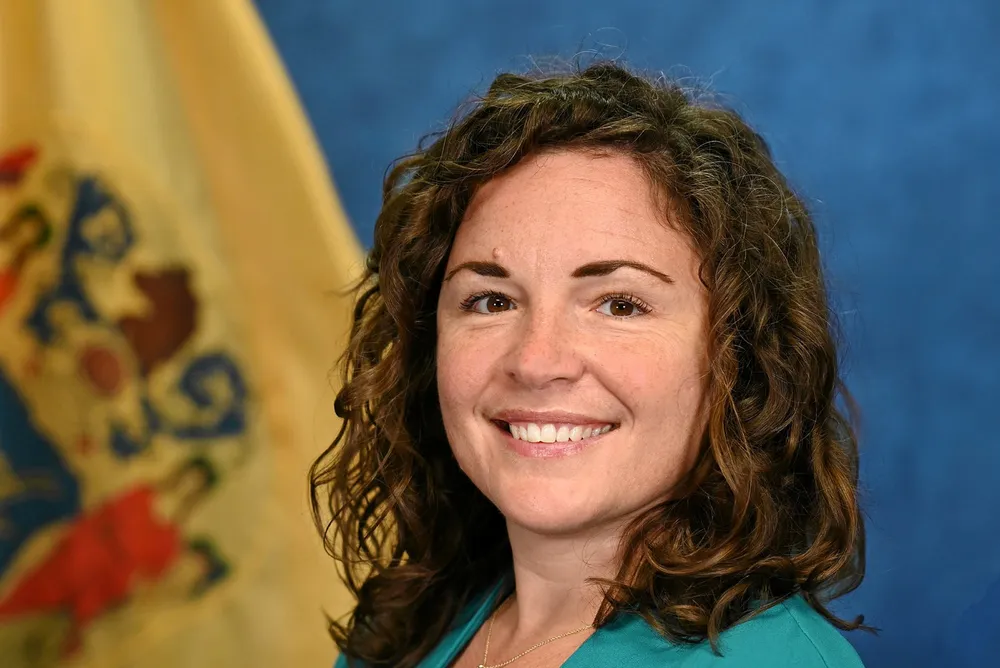Shell-EDF JV and regulator clash over costs of flagship US offshore wind transmission plan
State regulator and JV behind 1.5GW Atlantic Shores project spar over 'just and reasonable' compensation for $1bn onshore link amid political risk

MidAtlantic Offshore Development (MAOD), a joint venture (JV) of Shell and French utility and energy firm EDF, is seeking approval from the Federal Energy Regulatory Commission (FERC) for a 10.76% return on equity (ROE) for a grid upgrade project to connect some 6GW of offshore wind power to New Jersey’s onshore network.
New Jersey is helping spearhead US offshore wind development, backing Phil Murphy's sector target of 11GW by 2040 with over $1bn in state backed port and supply chain investments.
New Jersey Board of Public Utilities (NJBPU), the state regulator overseeing the energy transition, called MAOD’s ROE request “excessive, unjust and unreasonable” in a protest motion to FERC and recommended a return “below the range of reasonableness” to reflect multiple incentives and ratepayer concerns.
Critically, the SAA requires that the requesting state alone pay for the upgrades, as opposed to PJM’s entire service territory.
“As such, the cost of this project will be borne specifically by New Jersey customers and will not be imposed on the broader PJM interconnection customer base,” said an NJBPU staffer during the regulator’s monthly meeting 4 September.
PJM manages electricity transmission across all or parts of 13 states with around 65 million residents, compared to some 9 million New Jerseyans.
NJBPU’s protest highlighted multiple incentives that the project would enjoy that it said “provide MAOD with significant financial security and reduce the risk of any investment being lost through the project.”
The regulator highlighted the JV's Atlantic Shores project as providing “guaranteed revenue through New Jersey’s Offshore-wind Renewable Energy Certificate (“OREC”) program, further reducing the project’s associated level of risk.”
“The unique nature of the MAOD project as well as the placement of burden of cost onto a small subset of PJM members makes it just and reasonable for the Commission to apply an ROE which falls on the low end of the agreed upon zone of reasonableness and makes MAOD’s highly aggressive ROE estimate unjust and unreasonable,” NJBPU said.
MAOD hits back
MAOD hit back in a response to FERC claiming that “participation in the SAA process does not equate to an agreement to any form of reduced cost recovery, including a reduced ROE, or make a project ‘Low Risk’.”
“NJBPU’s arguments conflate cost allocation of a SAA project under the PJM Tariff and cost recovery,” the developer said.
“Because the SAA is a cost allocation mechanism, and not a cost recovery mechanism, a project selected under the SAA process remains at risk of recovering (or not recovering) the costs of developing, constructing, interconnecting, and operating its facilities,” said MAOD.
Transmission development in the US faces multiple challenges of permitting, financing, and construction, MAOD highlighted.
The developer added that rather than low risk, the project may face even higher risk in the political tumult of presidential election in which offshore wind has become a hot-button topic.
This could give way to opposition, however, if challenger former president Donald Trump emerges victorious.